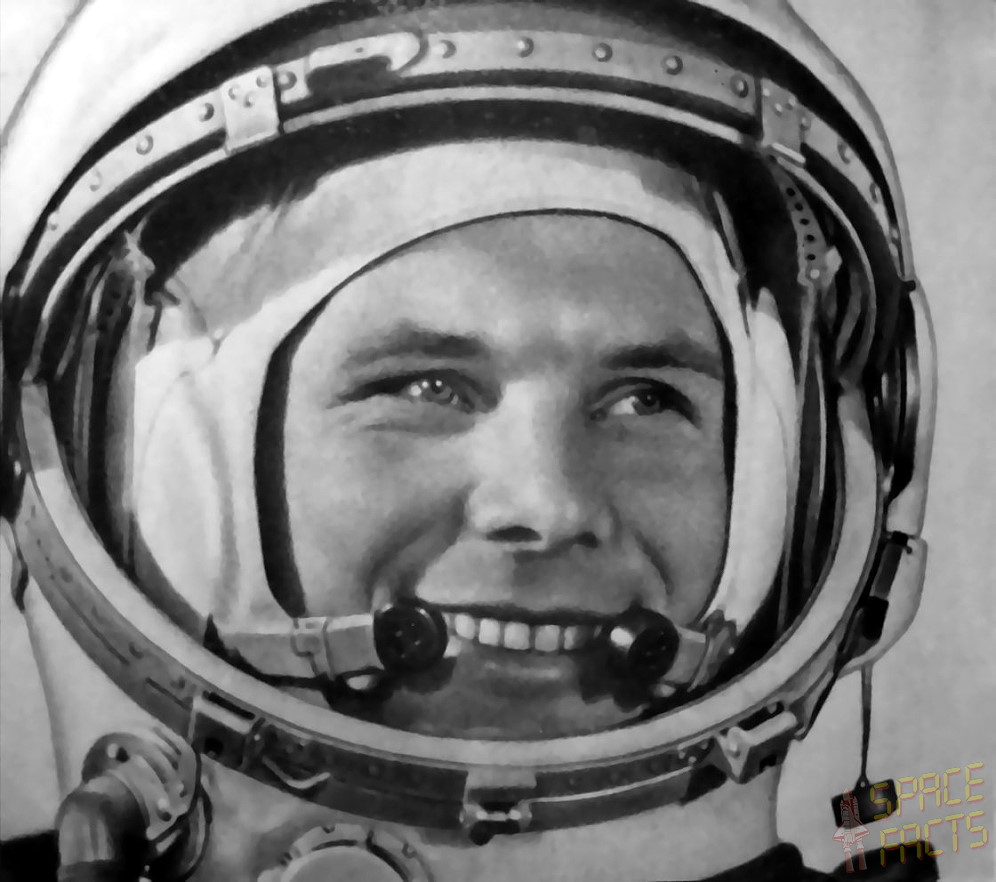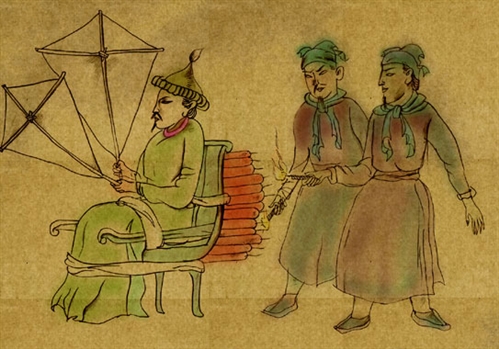Legend tells of a man who tried to reach space with nothing but a bamboo chair and a pile of fireworks…
On April 12, 1961, Yuri Gagarin became the first person in space. While his trip was short (in total lasting 108 minutes – just over 1 orbit of the earth), it secured his name in the annals of history as the first man to enter the great beyond. But what if I told you, there may have been a man who reached the stars, or at least attempted to, hundreds of years before Yuri?

Something to smile about: Yuri became the first man in space in 1961
Space is becoming increasingly accessible. In the past, this sphere has been mostly dominated by government administrations and national-level races for domination, perhaps most notably the infamous Space Race of the 1960s. Fast forward to today, it has become a private endeavor in which companies are becoming highly involved as they look to create communications and connectivity solutions to boost their product offerings. At present, these offerings consist of low-orbit satellites, which can provide solutions that include internet connectivity to remote parts of the world, as well as precision solutions for autonomous vehicles and on the road safety functions.
Geely, a leading player in the global automotive scene, has now officially entered the Space Race with plans to launch its first rocket, along with two satellites, in the second half of this year.
But China’s link with space may date back further than 2003 when Yang Li Wei became the first Chinese national to enter space. In fact, humanity’s first attempt for the stars may be much earlier than you think…
China is known for being the birthplace of many ancient inventions. One of the more famous of these is gunpowder, which would eventually be put into fireworks to propel them skyward. China’s obsession with space also began incredibly early, when an astronomer named Gan De began mapping the constellations in as early as the 4th century BC. However, it would be Wan Hu, a local Official and Poet, who would be the man that tried to get closer to the stars than anyone had before.
While the date of his attempt is unclear (more realist accounts place him in the 16th century), most sources agreed on his method of flight: 47 fireworks (or flame rockets as translated from Chinese), filled to the brim with gunpowder, were strapped to a bamboo chair. A kite-style parachute was attached to the upper part of the vehicle to allow for Wan Hu’s safe decent after successfully reaching the heavens. While this sounds incredibly dangerous (and something out of a Looney Tunes cartoon – Will E. Coyote and the Road Runner, anyone?), Wan Hu would not be deterred from his mission.

What could possibly go wrong?
The stage was set, and 47 ‘rocket assistants’ each lit an individual fuse. As the fireworks ignited, a huge roar erupted, and Wan Hu, along with his vehicle, became hidden under a thick veil of smoke. After the explosions stopped and the black smoke dissipated, Wan Hu and his bamboo chair were nowhere to be seen.
What exactly happened to him, no one can be sure of. The popular conclusion is that he was blown into smithereens (a likely result of attaching yourself to almost 50 highly volatile explosives), but the key take-away here is that of humanity’s first attempt in its history of reaching the stars. Many years later, of course, his dreams would become a reality as today humanity travels deeper and deeper into the unknown realms of the galaxy.
The spirit of Wan Hu’s legend lives on to this very day. In China, the people have named a crater on the far side of the moon after him (perhaps his final destination?) and in 2004, the American TV show, MythBusters, paid homage to his experiment by making its very own ‘rocket chair’ and reenacting the takeoff (see above video). Regardless of whether Wan Hu really existed or not, his legend and (somewhat reckless) attempt to take off into space has inspired many in the pursuit of what society perceives to be unobtainable. Many years later, his dream of achieving the starts has been achieved by countless people as humanity moves onwards, and upwards towards the stars.


